A hot balloon safari in Tanzania national parks and game reserves is an extraordinary adventure which would allow you to do game viewing in an aerial style. This service is currently conducted in Serengeti National Park, Northern Tanzania and Selous Game Reserve in southern Tanzania. The panorama starts from dawn around 6:30 a.m in a selected station. Normally you will be transferred by our safari vehicle from your lodge or campsite to meet your balloon and pilot. For the Selous Game Reserve the meeting point is as Mbuyu camp and it thereafter land at Kinyanguru Hill. While in Serengeti National Park the meeting point is at central Serengeti therefore we strongly advice clients who wishes to do ballooning should start on any of the campsite or lodges around the central Serengeti.
Our hot balloon takes an hour floating on the Africa wild land exploring the wildlife and birdlife let alone the beautiful natural landscape. An experienced pilot will fly the balloon sometimes at the level of the trees, other time to 500 m or more to appreciate the panorama of this huge game viewing that Tanzania has to offer. Serengeti National Park has spectacular scenery especially during the Wildebeest Great Migration which is normally starts from late June to September and goes around depending on the nature of the climate.
Download PDF Read MoreSerengeti Balloon Safari starts at early when you arrive and meet with your pilot and witness your balloon being inflated and prepared for launch. After a thorough safety briefing and demonstration of boarding and landing position, you will board your balloon and take-off. The schedule has been designed to fit in with all standard safari itineraries visiting the Serengeti National Park, hence the return at 9:30 a.m. allow clients to continue with other planned activities for the rest of the day. Each balloon can carry up to 16 people per flight. Only two balloons fly each day, hence reservation is necessary. This gives you the opportunity to take photos and have a panoramic view of the mighty Serengeti Plain.
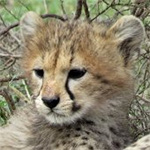
Tanzania is great to visit any time of year. Most people avoid the rainy months of April, May, and November. Some travelers like to go during the peak migration season of wildebeest, zebras and number of antelopes in Serengeti National Park, Ngorongoro Highlands and Masai Mara in Kenya. Not only that most people also like to lay on the sunshine of the Zanzibar beach lure water and white sand beaches as well as diving to the coral reefs.
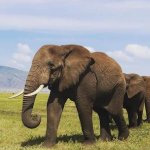
We use 5 or 7 passenger 4-wheel-drive Land Cruisers, Toyota Hiace as well as Land Rovers all with viewing roofs for the safaris. Take a note that a normal minibus or saloon can be used for transfer to and from the airport depending on the size of the group which is visit the country.
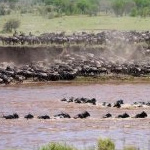
They are licensed, trained, friendly, and have years of experience in Tanzania safari! All of them speaks fluent English and others have additional languages of your mother tongue to meet your comfort and informative safari in Tanzania.
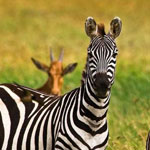
You can buy any drinks along your way to the Tanzania safari. There will be mini-markets in town and also you can have some at your hotel or lodge that you will spend an overnight there.
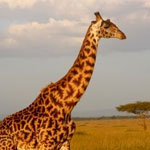
With modernized World most of the lodges and tented camps serve breakfast and dinner, typically buffet-style. European, Asian and African cuisines are served in a high standard. Due to the fact that you will be spending your afternoon doing game drive often you will have to take your lunch box with you.
If by chance the itinerary shows that you will take your hot lunch at the hotel then there is no need of packed lunch. Basically lunch at the lodge follows with a rest before proceeding with late afternoon game drive.
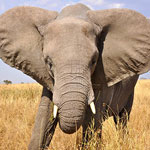
The great extraordinary animal kingdom migration is an annual migration of about 1 million wildebeest, 300000 zebras and 200000 gazelles migrating from Serengeti National Park to Ngorongoro crater and contiguous Masai Mara National Reserve searching for fresh grasses as well as water. This is a honeymoon (easy to hunt) period for the crocodile in Grumeti River and other carnivores such as lion and leopard while the migration is taking place. For more information on how the migration takes place please click here.
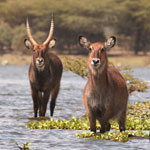
The best time to see the migration in Tanzania is January-March and June-August and in Masai Mara National Reserve in Kenya it is often best September-October. These are also the most popular times to go, so you will need to book well in advance.
You will see abundance of wildlife all year round. However it should be clear that changing of weather can affect this migration circular and a need for some two to three days in Serengeti National Park give you a wide chance of view migration properly.
Whether you are looking to explore the wildlife of the Serengeti, or begin your expedition up Mount Kilimanjaro, we have something suitable for all of you. Get in touch with us today and our team of specialists will help build your experience of a lifetime to Tanzania
Read More